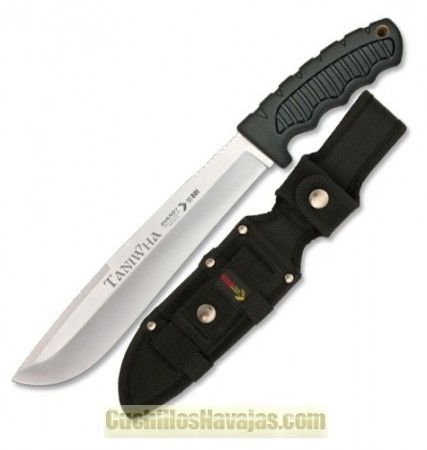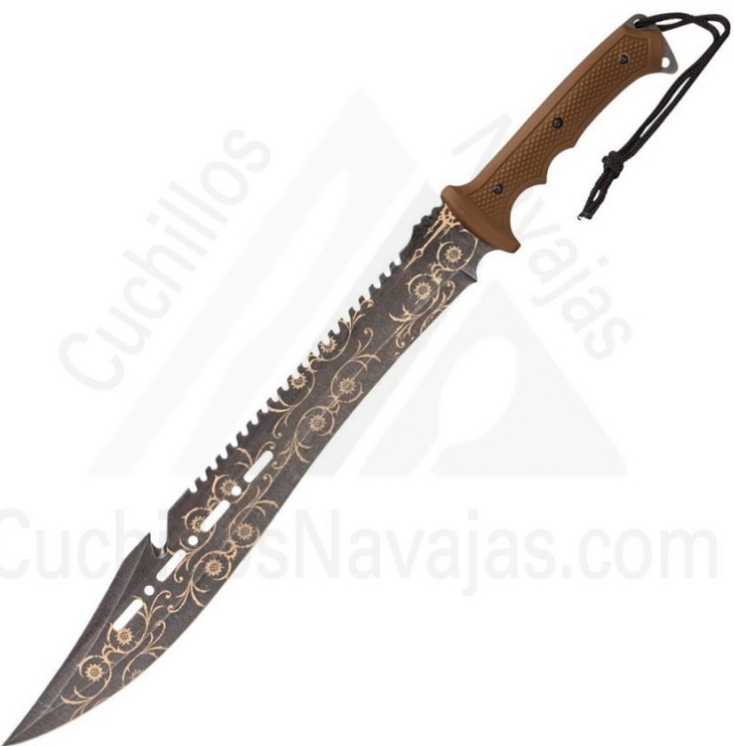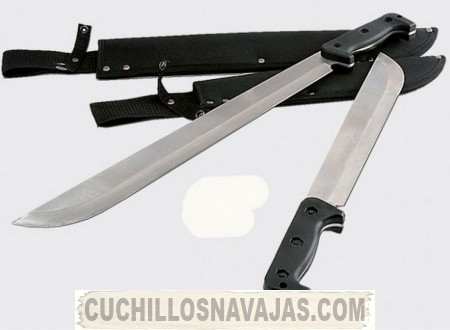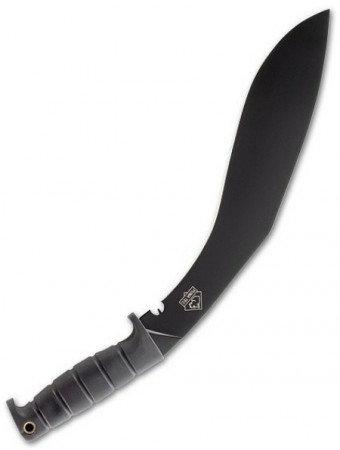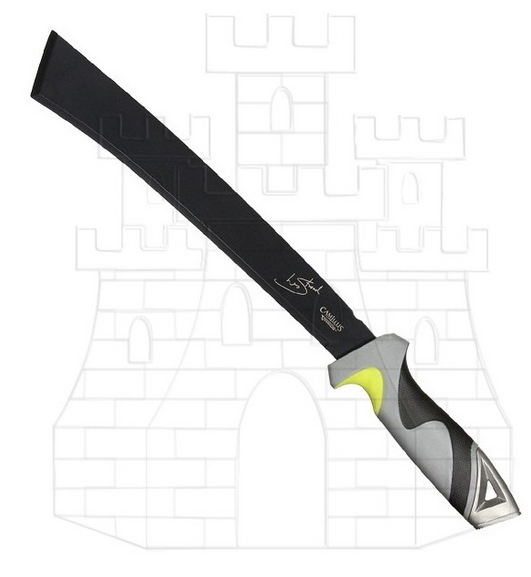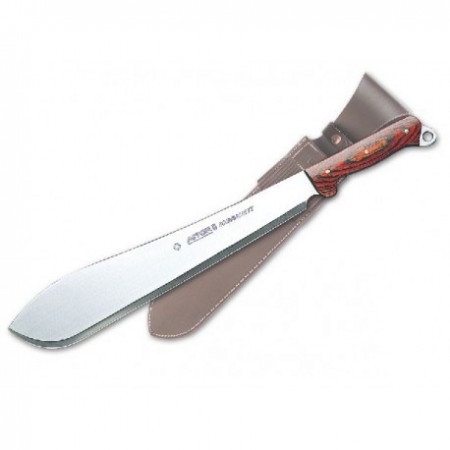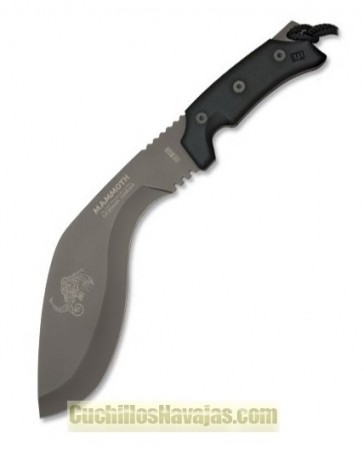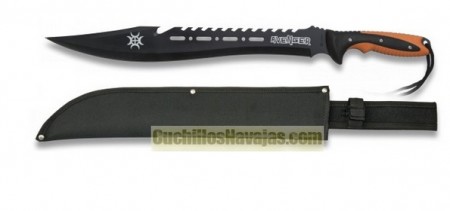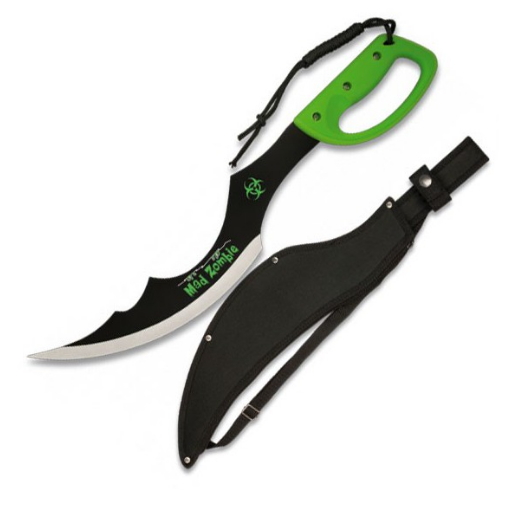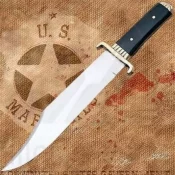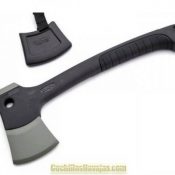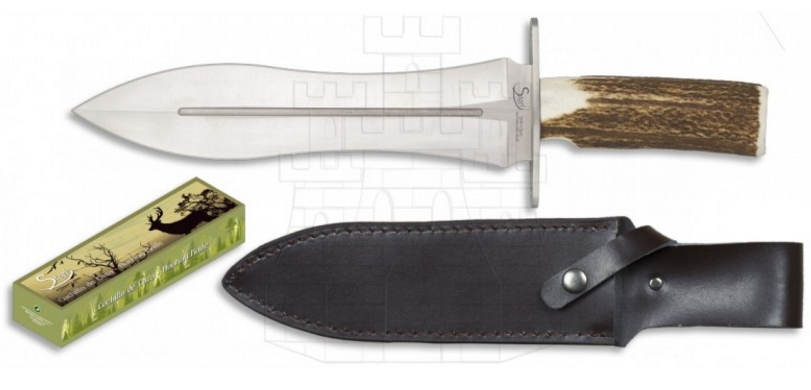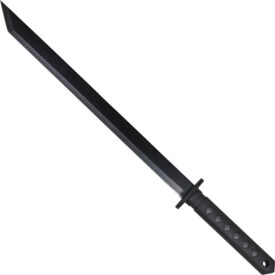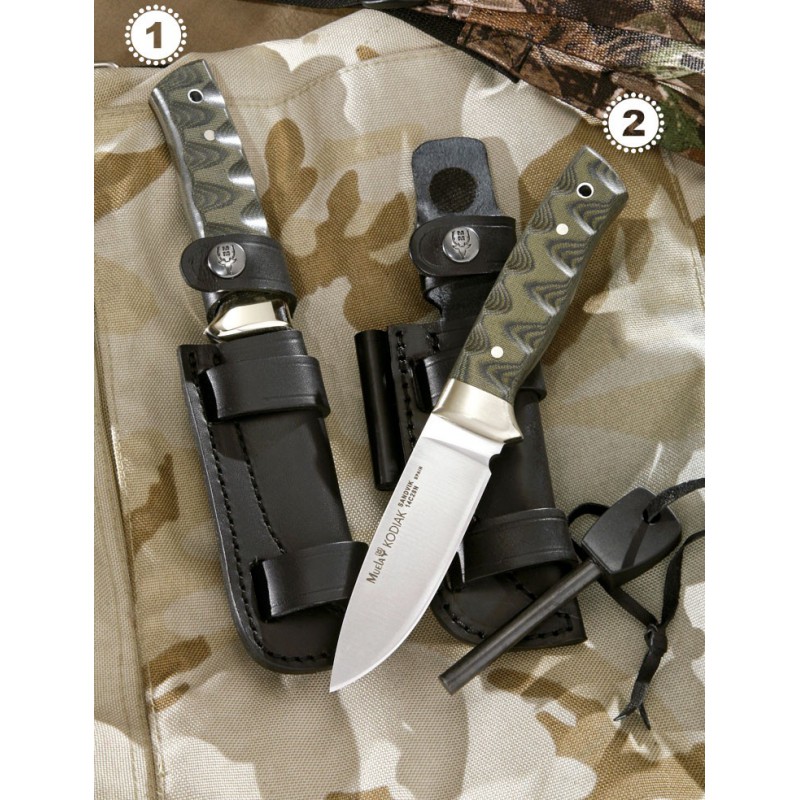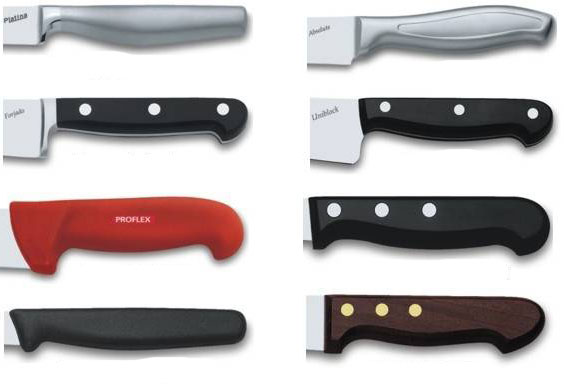The machete is a tool with a large cutting blade. The blade of the machete is usually between 32.5 and 60 centimeters long and usually less than 3 millimeters thick.
The machete has several uses, such as in tropical and subtropical countries, the machete is used to break through the forests or jungle and also for agricultural purposes such as cutting sugar cane.
In Latin America the machete is used in domestic tasks such as cutting food into large pieces. It is also common to see people with machetes for their odd jobs, such as splitting open coconuts, working on the lawn, clearing, hunting, or other related activities.
Because the machete has certain similarities to swords, it is often used as a weapon for rebellions. It is widely used in African countries for personal defense and also as the main weapon of some militias.
In Cuba the machete is an emblematic weapon that was used in the war of independence (1868-1898) and was also used by the peasant guerrillas led by Pepe Antonio to defend the city of Havana when the Kingdom of Great Britain tried to invade the city in 1762. It is possible that due to these historical antecedents, the machete inspired a form of martial discipline in Cuba known as “machete fencing”, focused on the best of the movements and techniques for the use of the machete as a weapon against enemies similarly armed or even armed with firearms.
In the British Virgin Islands, Grenada, Jamaica, Saint Kitts and Nevis, Barbados, and Trinidad and Tobago, the word “planass” means to hit someone with the palm of the blade of a machete or knife.
Today there are several types of machetes, of which we are going to name only the most interesting, such as the panga, which is a variant of the traditional machete that is used in East and South Africa. The leaf of the panga is wide at the back and has a length of 41 to 46 cms. The sloping top of the blade can be sharpened. This tool was used as a weapon in southern Africa, especially in the 1980s and early 1990s when the former Natal province was rocked by a conflict between the African National Congress and the Zulu-nationalist Inkatha Freedom Party.
In the Philippines, the bolo is a very similar tool, but with the blade just before the tip of the knife to make cutting even more efficient. This type of machete is more suitable for combat, and was also used during the Philippine revolution against the Spanish colonial authorities. Filipinos continue to use the skittle for daily tasks such as clearing vegetation or cutting various large food products.
In the different regions of Ecuador, the machete is still used as a tool for daily use in agricultural work, such as cleaning, cutting and felling. On the Pacific coast, the machete has a long history of use and can be seen as part of the daily clothing of rural male inhabitants, especially in the provinces of Manabí, Los Ríos and Guayas. Its use is not limited to agriculture, but was also used as a handgun for legitimate defense or attack.
In the southern Brazilian state of Rio Grande do Sul, the machete is used by native inhabitants. It was used to fight against the Empire of Brazil in the “Guerra del Farrapos” (Trapery War). There, the machete is called “Facão” or “facón” (literally “big knife”). Today, there is a dance called dança facões dos (dance of the machetes), which is danced in this region. In this dance, performed only by men, the dancers touch the machetes while dancing, simulating a battle.
